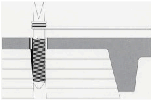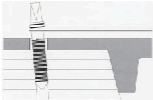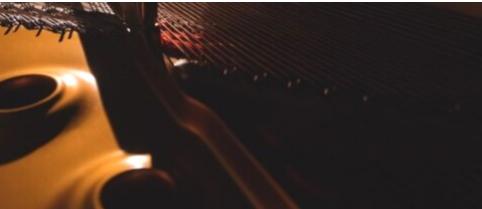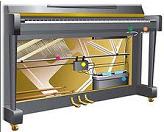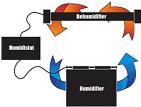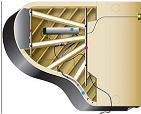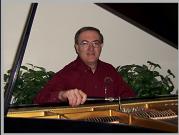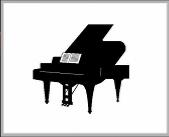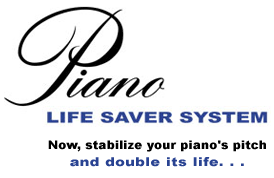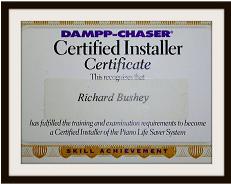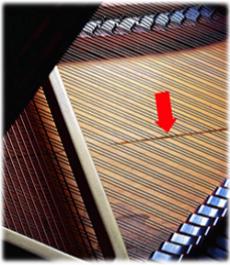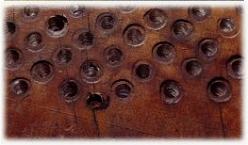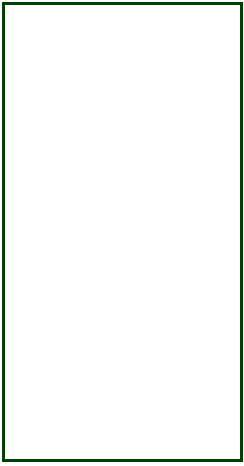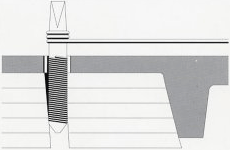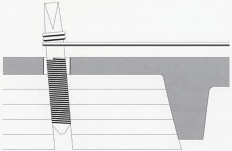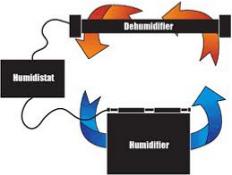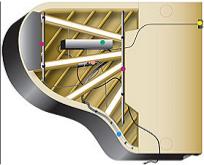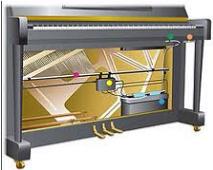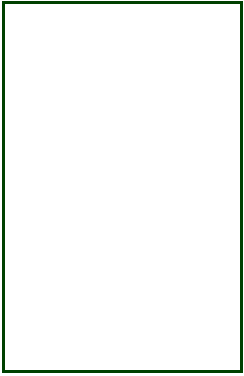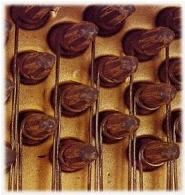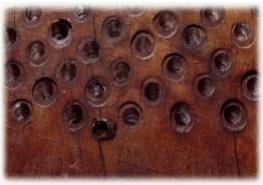Effects of Humidity on Wood
Pianos are primarily made of wood, felt, and metal, and thus are greatly affected by changes in humidity. Most pianos need to be maintained at 42% RH. As humidity increases, wood swells, causing binding parts, sticky keys, and rusty tuning pins and strings. As humidity lowers, glue throughout the piano dries out, wood shrinks and cracks develop in sound boards, pinblocks, and bridges, causing tuning pins and bridge pins to become loose. When either of these conditions are present, pitch and tuning stability of the piano are also directly affected. Visit Dampp-Chaser for more information on how humidity affects pianos.
Should I get a room humidifier/dehumidifer?
You can, however, count the costs before you do. There are several reasons why I would consider a Dampp-Chaser system for your piano rather than a room or house humidifier/ dehumidifier. For one...cost. While you may spend about the same for a room humidifier and dehumidifier, you could spend much more than that for whole house units that work with your central air-conditioning system. You will also spend much more in electricity to operate them as well as more time to fill and empty them. These stand alone room units also are pretty noisy and put out heat. Too, there are problems when trying to keep a room at 42% during both summer and winter, mainly humidity that will be drawn into your walls when the outside Relative Humidity is very low. This can create mold issues which can be costly, not to mention very unhealthy. For more comparisons of room humidifiers/ dehumidifiers vs. Dampp-Chaser System, visit the Dampp-Chaser Piano Humidity Control Compared to Room Humidifiers and Dehumidifiers page as well as their Cost Comparison page.
What do you recommend to control the humidity at my piano?
I would recommend the Dampp-Chaser Piano Lifesaver complete humidity control system. In upright (vertical) pianos, the system is installed inside the piano, in the pedal trap area, with a fill hose and low water lights mounted discreatly under the keybed. In grands, the system is hung between the beams under the soundboard. It also has a fill tube and low water lights that are mounted discreetely under the piano to your preference. I always recommend a backside cover (for uprights) and an undercover (for grands) which further helps contain the controlled air from the room air currents. Grands can also further benefit by adding a string cover (that stays laid over strings, also prevents dust buildup on soundboard) and/or a piano cover (especially in an institutional setting) to cover the piano when not in use.
All you need to do to maintain the system is keep it plugged in 24/7, fill the unit (approx. every 2 weeks) using the supplied filling container, (adding a cap full of Dampp-Chaser humidifier treatement to the water). The humidifer pads will also need changed and the tank cleaned once or twice a year, which your technician can do during his/her scheduled visit. Both humidifier pads and humidifier treatment can be purchased from your piano technician at a very reasonable cost. All that's left to do is enjoy playing your piano, resting easy knowing that your piano is being protected from the humidity swings that occur daily and throughout the year. You will also benefit because your piano will maintain it's tune better and longer that it would have otherwise.



